- Water Testing Meters
- Anemometer
- Length & Distance Meter
- Multimeter & Clamp Meter
- Light and Sound Meter
- Slide Calipers & Screw Gauge
- Thermometer & Hygrometer
- Milk Testing Meters
- Paper, Grain & Wood Testers
- Stopwatch & Timers
- Soil Testing Meters
- Refractometers & Analyzer
- Magnetic Compass
- Tachometer & Megger
- Thickness & Dia-Meters
- Other Meter And Accessories
“Monocot Stem Model on Board” has been added to your cart. View cart
Model of Plant Cell on Board
৳ 850.00
- Plant Cell Model
- Ideal for Training & Education
- Made in India
1 in stock
SKU:
99AR70
Category: Artificial Models
Tags: Educational Lab Apparatus in BD, Educational Model Price in BD, Plant Cell
Description
This is the Scientific Model of Plant Cell on Board for Education and Training.
This consists of
- Nucleus
- Nucleolus
- Chloroplast
- Vacuoies
- Cytoplasmic Stranos
A Model of Plant Cell is a visual representation of the various structures and organelles found within a plant cell. These models are used for educational purposes to help students understand the anatomy and functions of plant cells. Here’s an overview of what a typical plant cell model might include:
1. Cell Wall: A rigid outer layer that provides structural support and protection to the cell. In plant cells, the cell wall is made primarily of cellulose.
2. Cell Membrane: A semi-permeable membrane that surrounds the cell and regulates the movement of substances in and out of the cell.
3. Cytoplasm: The gel-like substance that fills the interior of the cell, where organelles are suspended.
4. Nucleus: The control center of the cell, which contains the cell’s genetic material (DNA) and regulates cellular activities.
5. Chloroplasts: Organelles that contain chlorophyll and are responsible for photosynthesis, the process by which plants convert sunlight into energy.
6. Vacuole: A large fluid-filled sac within the cell that stores water, nutrients, and waste products. In plant cells, the central vacuole helps maintain turgor pressure and provides structural support.
7. Mitochondria: Organelles that produce energy (ATP) through cellular respiration, converting nutrients into usable energy for the cell.
8. Endoplasmic Reticulum (ER): A network of membrane-bound tubes and sacs that are involved in protein and lipid synthesis.
9. Golgi Apparatus: A stack of membrane-bound vesicles that processes, sorts, and packages proteins and lipids for transport within the cell or for secretion outside the cell.
10. Ribosomes: Small organelles that are the site of protein synthesis, where amino acids are assembled into proteins according to the instructions encoded in mRNA.
11. Plasmodesmata: Channels that traverse the cell walls, allowing for communication and transport of molecules between adjacent plant cells.
12. Other Organelles: Depending on the complexity of the model, additional organelles such as peroxisomes, microtubules, and microfilaments may also be included.
Reviews (0)
Only logged in customers who have purchased this product may leave a review.
Shipping & Delivery
We deliver this product within 1-3 days in Dhaka city and within 2-5 days anywhere in Bangladesh. Please wait for the estimated delivery time.


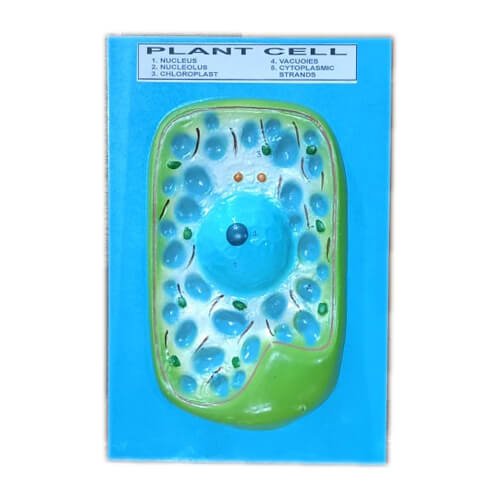




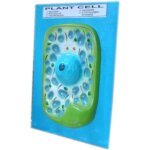
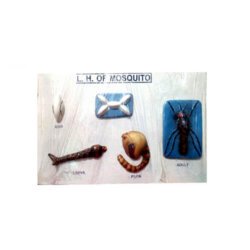


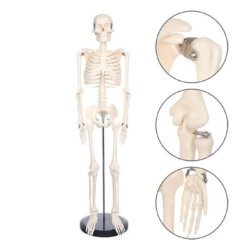
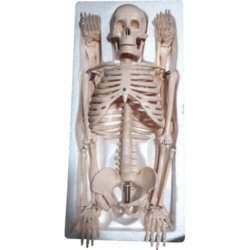
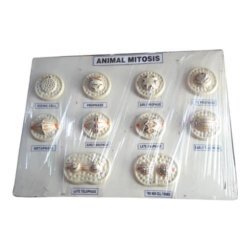
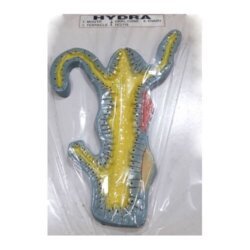
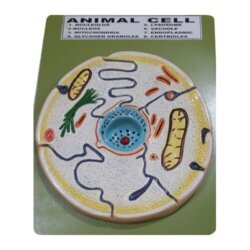
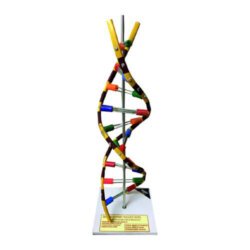
Reviews
There are no reviews yet.